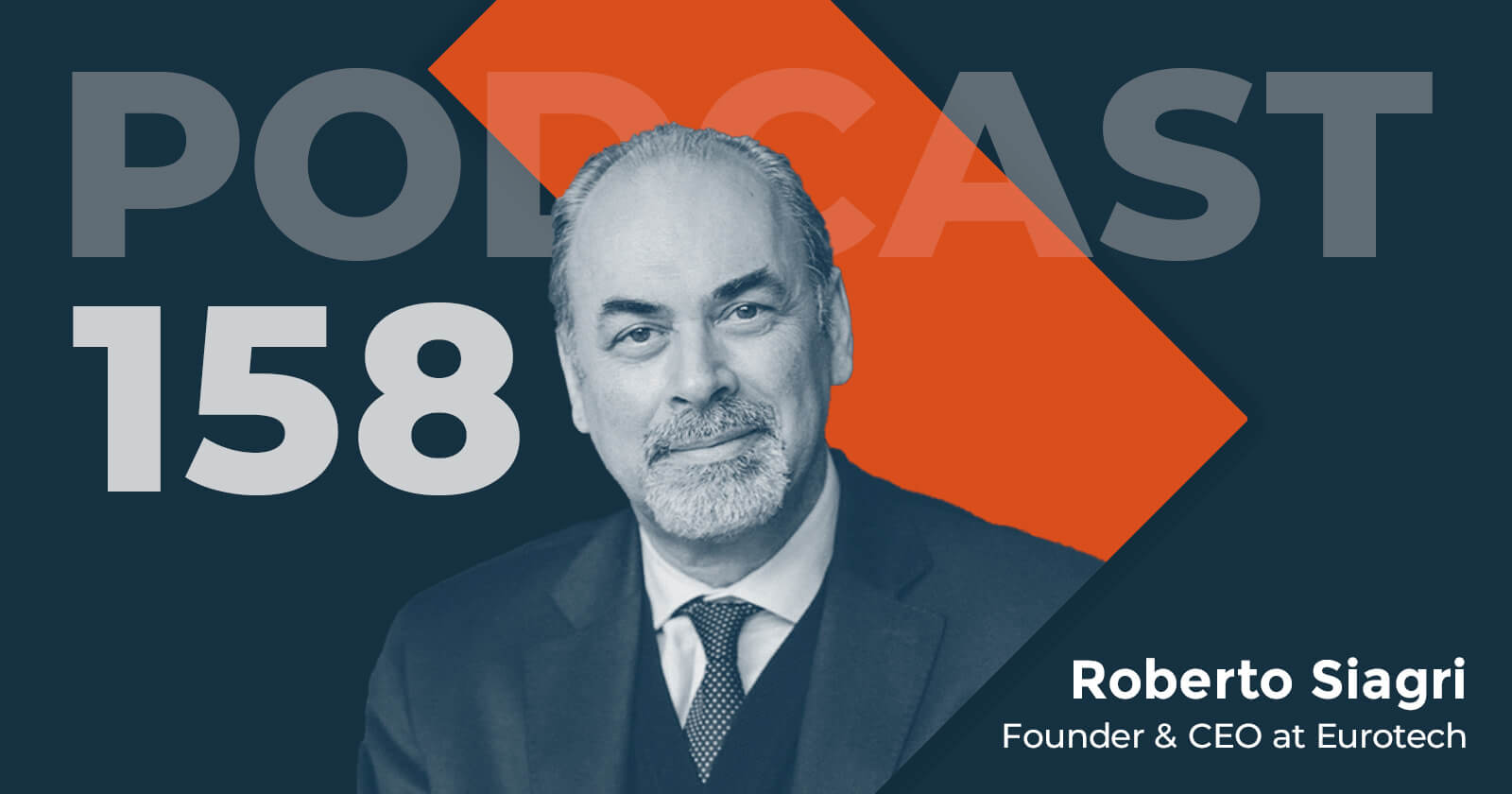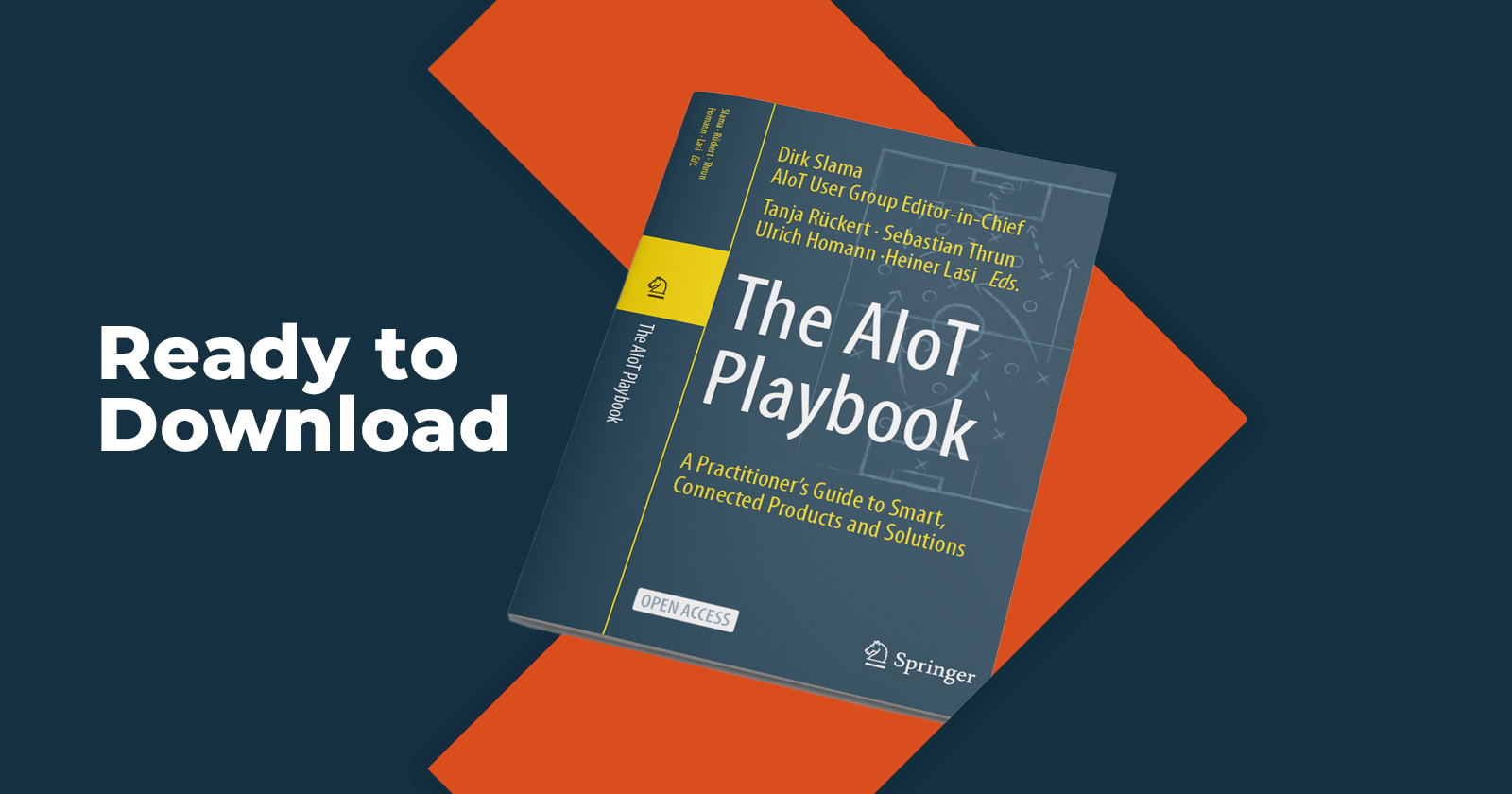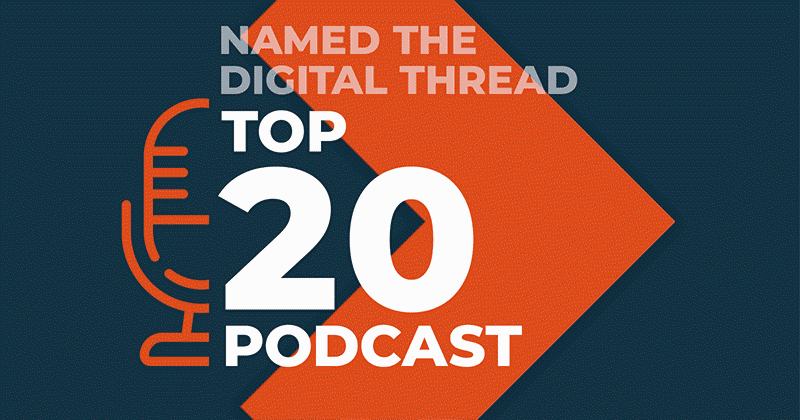Insight Vector: From Networking to Venture Capital: A Life of Innovation in Connected Industry (Part 1)
Ken Forster

Innovation and market perspectives from leading IoT thought leaders
Danny Yu is a Managing Partner at Momenta Partner, leading the firm's Venture Capital efforts. In the first part of our interview, Danny shares how his diverse background in the technology business and venture placed him at the nexus of key forces behind the emergence of connected industry. His experience managing and growing businesses through the business cycle gives him a deep ad broad vantage point to anticipate coming changes in the IoT landscape.
|
|
Danny Yu VC Managing Partner, Momenta Partners
|
Q&A
Can you provide some perspective on your background in Connected Industry?
I started as an intern in the Product Design Division at Apple when I was at Stanford, then went to HP, where I worked in semiconductors including optoelectronics, RF and Microwave, and data storage controllers. These products were enablers for IT infrastructure: high speed data networking, cellular and satellite communications, as well as storage area networking. Some optoelectronic products were also used for industrial control including manufacturing equipment and the first consumer electric vehicle (GM’s failed EV1). In that time, I saw how HP drove technical innovation, led industry standards, and fostered a culture that created multiple new $100mn+ businesses. Those businesses formed the core of what is now known as Broadcom and Lumileds, two leaders in their respective fields today.
After my MBA I entered the venture capital industry. I first joined an early-stage venture capital firm with US and Asian investors where I opened its Silicon Valley office and led investments in IT infrastructure and e-commerce. I later joined VantagePoint, a large multi-stage firm, as a Managing Director. I learned the most starting in 2001 with the massive tech downturn. Capital effectively dried up for almost the entire industry. We had to do portfolio triage, work with management to try and save companies, and make hard decisions in an incredibly difficult environment. Some companies were able to adapt to harsh realities and became successful. Through those tough years, I learned what often separates the best entrepreneurial leaders from the rest.
After many years in venture capital I decided to go back to a hands-on operating role in a new growth industry and went to Lumileds, an LED joint venture between HP/Agilent and Philips. Philips later acquired Lumileds as they saw the fundamental opportunity and threat to their lighting business was LEDs, a digital technology. I dug into the lighting market and saw how complex and different the operational technology world is from consumer and enterprise. LEDs would drive the transition to digital lighting in the built environment based on efficiency and long life.
Given my networking and software background, I also saw the opportunity to leverage wireless technology and industry-wide LED lighting deployment to create a new building control, sensing, and IoT applications software company. I had seen this before, leveraging digital technology to build network infrastructure and new software-driven applications, creating new industry leaders in the process. Cisco did this in IT infrastructure leveraging high-speed optical communication and IP technology.
I decided to leave Philips to join Daintree Networks as its CEO to execute on that vision.
Can you share your experience building an open industrial tech ecosystem at Daintree?
Daintree originally developed wireless test software that was sold to engineers and later tried to sell a general mesh networking platform. I joined the company as it decided to make its second pivot to building control. The company had 6 months of cash, no product and no customers so I was operating solely on faith in the vision and our team. I fortunately raised some of the last clean tech capital available. We then built a great product with use cases focused on ROI and compliance. Lighting control was our “first app” that delivered energy savings. We rapidly expanded into new apps like simple HVAC control, load control, demand response and environmental sensing that drove major operational savings enterprise-wide for customers. We were also one of the first companies to leverage sensor data for non-energy cross-over applications like space utilization.
We were an innovative startup approaching the market with a software-centric building control solution based on open wireless standards – it was a completely different philosophy and strategy from incumbents. Most existing players sold a complete and proprietary solution stack – hardware, software, and services. We took the IT horizontal playbook approach instead and built an ecosystem of hardware companies making products that worked with our software. Combining an application leader and open approach (including open sourcing firmware) with an industry-wide hardware ecosystem enabled us to deliver best-of-breed solutions that helped break the stranglehold of incumbents. LG was our first ecosystem partner – and this shook up the industry. Later Philips, Osram, GE and Samsung also joined our ecosystem.
Customers, including many Fortune 500 enterprise, saw value in the flexibility and extensibility of our solution and felt comfortable betting on a start-up since we had major industry players working closely with us and promoting joint solutions. We got the network effect. We also increased margins and generated recurring revenue because of our ability to scale-out customer value at near zero incremental cost to us. When GE decided that smart buildings and grid-edge energy services was key to its Industrial IoT mandate, they launched a business in that area combining its lighting, solar, and electric vehicle hardware businesses. GE then acquired Daintree as the software enabler for this business.
To learn more about how IoT can unlock value within your industry, contact us at Momenta.




